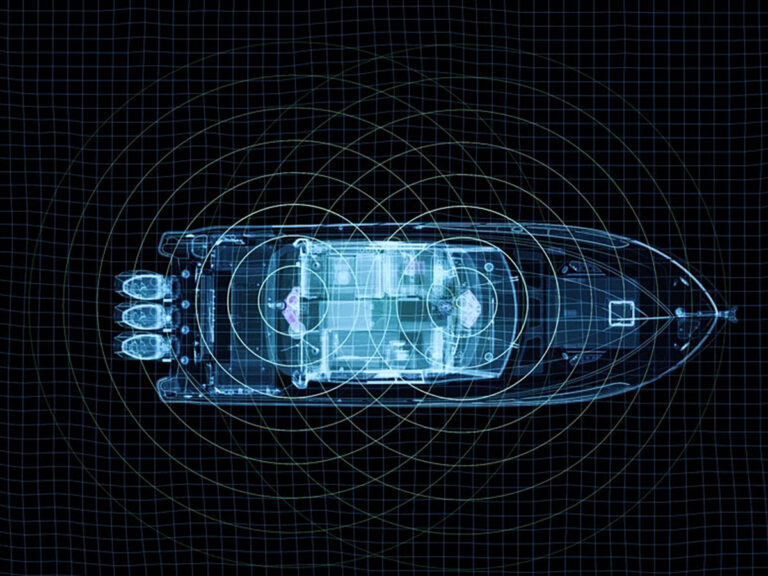Don’t cancel your trip or unexpectedly head back to port because of electronic or electrical failure. Here is a checklist of steps you can take to make your own emergency repairs.
Emergency Supplies
Besides a basic set of hand tools, you should also carry a crimping tool and a terminal lug kit with a variety of crimp-on terminal lugs for the most common wire sizes. Both are readily available at any marine or standard hardware store. A watertight sealant like BoatLife silicone sealant ($7, amazon.com) and a roll of electrical tape are essentials. Electrical contact cleaner (available at Radio Shack) and a marine anti-corrosive chemical spray (like WD-40) can be called on to help solve electrical contact and corrosion problems.
Keep a supply of fuses for every size used on board — and know where the fuse for every instrument is located. Making a logbook entry or writing the list on a laminated card makes good sense.
Test Equipment
The handiest problem-solving instrument you can have on board is an inexpensive ($20 plus) volt-ohm meter. You need to know how to perform two basic electrical tests. A voltmeter can easily detect the presence or absence of voltage, which can quickly reveal the source of many common electrical problems. An ohmmeter is the perfect instrument to find an open or broken wire or connection, or a short in a cable or malfunctioning switch. Learn how to use the meter at boatingmag.com/vom.
Built-in Diagnostics
Instruments often come with their own built-in indicator diagnostic tools. Some equipment monitors the electrical system’s voltage and can warn you should you have a serious voltage drop in wiring. Error messages are excellent signals that tell you where you should look to find the source of the problem. The satellite signal status page on your GPS monitors the GPS’s performance and advises when a problem affecting accuracy is occurring.
Your Handy Technical Adviser
Most every owner’s manual has a troubleshooting section that catalogs the most common equipment failures and what you can do to solve them. These tips are explained in a nontechnical manner and can prove to be very helpful in solving the most likely failures based on the manufacturer’s experience. You don’t have an owner’s manual on board? You can normally download a free copy of both current and older discontinued models from the manufacturer’s website.
Last Resort
When all else fails and the GPS, chart plotter or other microprocessor-based equipment goes, the last thing you can do is perform a “clear,” “restore” or “master” reset. This often cures misbehaving microprocessors, but will clear all your routes and waypoints.
Pull the Plug
As with a faulty computer, you can often get a misbehaving unit back on its feet by turning the set off and on. Sometimes you need to remove the power cord or switch off a circuit breaker and wait about 30 seconds before applying power again.









